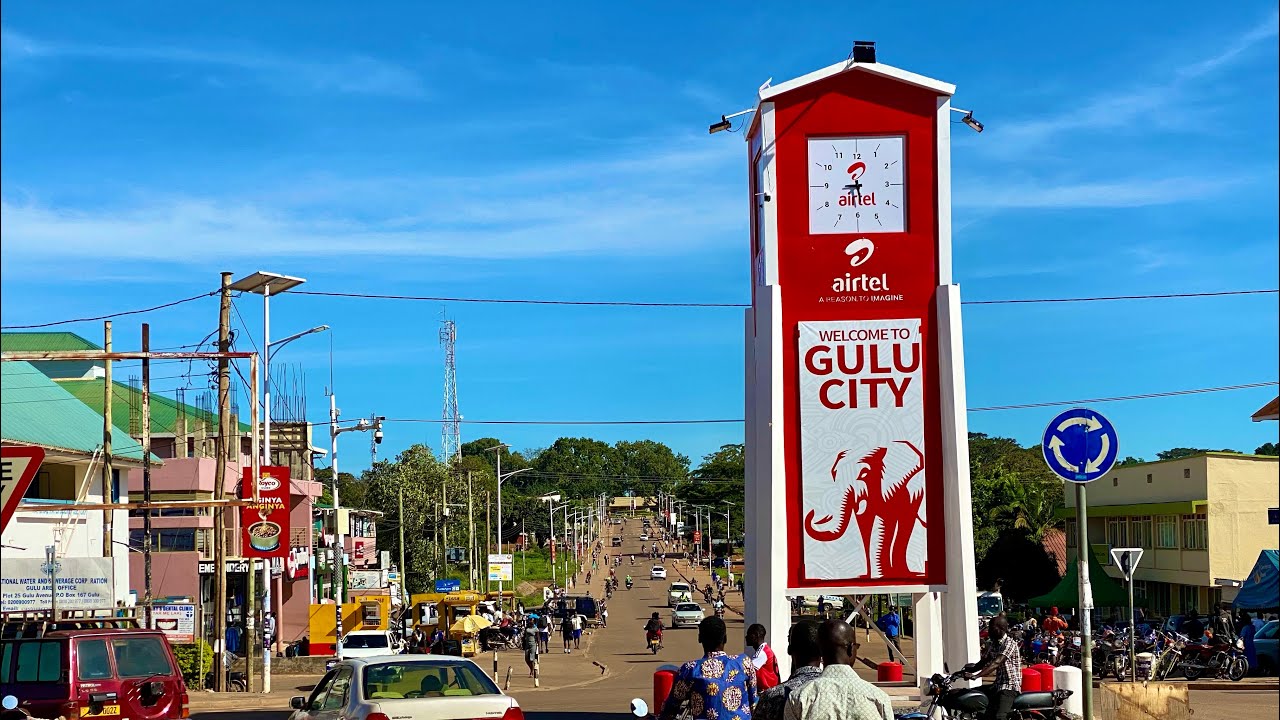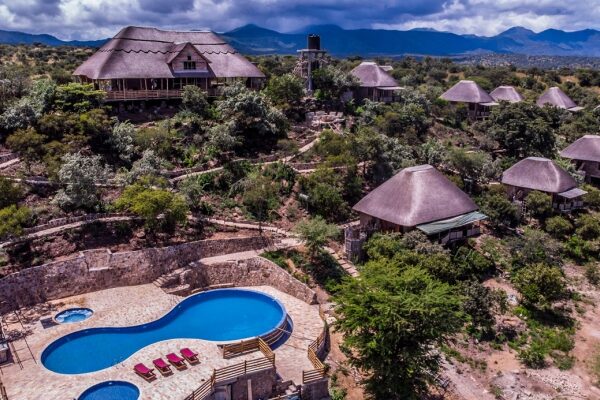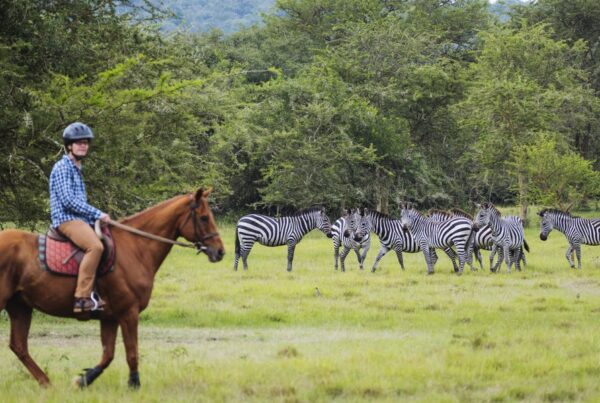Local’s Guide — Gulu: When to Visit for Birders
A Hidden Gem for Birdwatching
Far from the well-trodden routes of Uganda’s wildlife parks, Gulu has quietly emerged as a compelling destination for bird enthusiasts who seek authenticity, serenity, and encounters with species not always found in the country’s more frequented areas. As the cultural and economic hub of northern Uganda, Gulu offers not only a gateway into the heart of Acholi traditions but also access to a diverse range of birding landscapes that stretch from wetlands and savannahs to secondary forests and agricultural fields. For birders, the key to unlocking this experience lies in understanding the rhythm of the seasons and knowing when nature unveils its most enchanting spectacles.
The Allure of Birding in Gulu
Birding in Gulu is unlike any other experience in Uganda. While regions such as Queen Elizabeth National Park or Mabamba Swamp attract global attention, Gulu remains largely under the radar, offering a quieter and more immersive birdwatching journey. The district’s mosaic of habitats supports both resident species and migratory flocks, with opportunities to observe unique behaviors and interactions in a relatively undisturbed environment.
Beyond the birds themselves, the landscape of Gulu enhances the birding experience. Wide-open skies provide breathtaking backdrops for sightings of raptors, while marshy wetlands echo with the calls of waterbirds at dawn and dusk. The cultural element also enriches the journey, as birding excursions can be seamlessly paired with interactions with Acholi communities, allowing visitors to appreciate the deep connections between people, land, and wildlife.
Climate and Seasonal Patterns in Gulu
Understanding the climate cycle of northern Uganda is central to planning a rewarding birding trip to Gulu. The district is characterized by a tropical climate with distinct rainy and dry seasons that shape bird activity and accessibility to habitats.
The rainy seasons typically occur from April to May and again from August to November. During these months, the landscape becomes lush and vibrant, wetlands expand, and insect populations surge, creating perfect feeding grounds for insectivorous and migratory species. Many resident birds also engage in breeding during this period, displaying bright plumage and heightened activity, which photographers and birders alike find irresistible.
The dry seasons, running from December to March and from June to July, transform the terrain into drier savannah and open woodlands. Bird activity concentrates around water sources, making sightings more predictable and often easier. Raptors dominate the skies during this time, while flocks of weavers, starlings, and hornbills can be observed in striking clarity.
When to Visit: The Best Seasons for Birders
For those prioritizing birdwatching, the transition periods between rains and dry spells offer the most captivating spectacles. The months of November through February are considered ideal, as migratory species from Europe and Asia join the resident populations, significantly boosting diversity. Water sources still retain moisture from the preceding rains, drawing large congregations of birds.
The second best window falls between July and early September, when the land is still green from the earlier rains, yet access to birding sites becomes easier as paths dry. This season provides exceptional opportunities for watching breeding colonies and observing juvenile birds testing their wings.
Each season, however, carries its unique advantages. Photographers may prefer the rainy months when light reflects off the lush greenery, adding depth and vibrancy to images. Birders seeking easier identification and larger flocks in concentrated areas may find the dry months more rewarding. Ultimately, timing depends on whether the goal is to capture colorful displays, witness rare migratory visitors, or enjoy calm observations along watercourses.
Key Birding Habitats in and around Gulu
The richness of birdlife in Gulu arises from the diversity of its habitats. Wetlands scattered across the district serve as magnets for waterfowl, herons, and kingfishers. Grasslands and open savannah host bustards, francolins, and flocks of seed-eating species, while patches of woodland harbor hornbills, barbets, and turacos.
In the agricultural areas surrounding villages, birders may encounter a surprising variety of species adapting to human-modified landscapes. Weaver colonies flourish near homesteads, while raptors patrol farmlands in search of prey. Evening excursions along the edges of wetlands reveal nocturnal activity, with owls and nightjars adding a mysterious dimension to the birding experience.
These diverse habitats make Gulu not merely a stopover but a birdwatching destination in its own right, rewarding those who take the time to explore its overlooked corners.
Cultural and Community Dimensions of Birding
What sets Gulu apart from more traditional birding destinations is the integration of culture and conservation. Birders visiting the region not only witness avian wonders but also engage with the Acholi people, whose history, traditions, and deep relationship with the land enrich the overall experience. Storytelling sessions, traditional music, and guided walks led by local birding enthusiasts highlight the significance of birds in Acholi folklore and daily life.
Birding tourism in Gulu also contributes to community livelihoods, encouraging sustainable practices that align with conservation goals. For visitors, this means that every hour spent in the field doubles as support for local initiatives, turning a birding trip into a meaningful act of cultural exchange and ecological stewardship.
Practical Considerations for Birders
While Gulu is accessible by road from Kampala and Entebbe, the journey can be long, making early planning essential. Accommodations range from community guesthouses to boutique lodges, many of which are situated close to key birding habitats. It is advisable to consider the timing of rains when planning transport, as certain routes may become challenging during heavy downpours.
Birders are also encouraged to carry appropriate gear for the climate and terrain. Lightweight clothing, protective gear for sudden rains, and binoculars are indispensable. For photographers, the varying light conditions of Gulu require versatility in equipment, with early morning and late afternoon offering the most striking compositions.
Above all, patience and openness to discovery are essential, as Gulu’s birdlife reveals itself not in rushed checklists but through careful observation of daily rhythms.
Why Birders Should Prioritize Gulu
In a country famed for iconic birding sites such as Bwindi Impenetrable National Park and Mabamba Bay, Gulu holds a quieter but equally compelling allure. The district offers a blend of bird diversity, cultural immersion, and tranquility, making it an ideal destination for birders who seek to escape crowds and discover Uganda’s northern charm.
Visiting Gulu is more than a birding excursion; it is an encounter with a living landscape where avian beauty is deeply intertwined with human resilience and tradition. For birders who wish to balance their passion with cultural depth, Gulu stands as one of Uganda’s most rewarding and authentic experiences.
Timing Your Birding Journey in Gulu
The question of when to visit Gulu for birding is answered not simply in months or seasons but in what one seeks to experience. Whether it is the kaleidoscope of colors during breeding in the rains, the dramatic congregation of species in the dry months, or the thrill of migratory visitors in transition periods, Gulu offers something for every birder. Each season provides its own rhythm, ensuring that no visit feels repetitive or ordinary.
For those who dream of weaving together birding, culture, and conservation, Gulu emerges as an unrivaled destination. Every bird sighting is enhanced by the authenticity of its landscapes and the warmth of its people, making the journey both deeply personal and profoundly memorable.
To ensure a seamless and well-curated experience, it is highly recommended to book your Africa tours and safaris with WildHorn Africa, whose expertise guarantees that every moment in Gulu, from the wetlands at dawn to the community interactions at dusk, becomes part of a transformative journey.





 WildHorn Africa – Authentic and unforgettable tours across Africa, guided by local experts who know the land, wildlife, and culture best.
WildHorn Africa – Authentic and unforgettable tours across Africa, guided by local experts who know the land, wildlife, and culture best.


